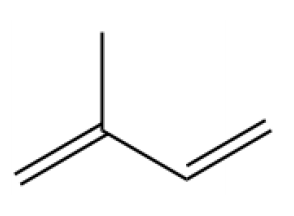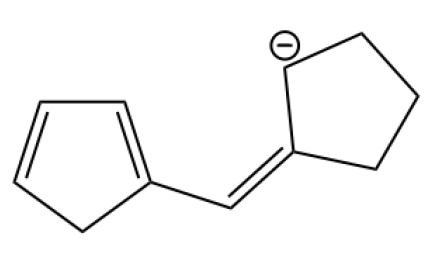Understanding how to accurately draw atomic orbitals is essential for visualizing molecular structures, particularly in conjugated systems. The process involves two straightforward steps that ensure a clear representation of the atomic orbitals corresponding to the conjugated atoms in a molecule.
The first rule emphasizes that the number of atomic orbitals drawn must equal the number of conjugated atoms present in the molecule. Each conjugated atom contributes one atomic orbital. For instance, in a given anionic molecule with four atoms, it is crucial to identify which atoms possess nonbonding orbitals. An atom that only has orbitals bonded to other atoms does not count as a conjugated atom. In this example, if three out of the four atoms have nonbonding orbitals (including an anion representing a lone pair with a negative charge), then three atomic orbitals should be drawn to represent these conjugated atoms.
The second rule focuses on determining the type of pi electron contribution from each nonbonding orbital. Different types of orbitals contribute varying amounts of electrons: empty orbitals and carbocations contribute zero electrons, while pi bonds and radicals each contribute one electron. In contrast, lone pairs and anions, which contain two electrons, contribute two electrons each. By counting the atomic orbitals and aligning them with the corresponding contributions of pi electrons, one can effectively visualize the electron distribution within the molecule.
As you practice drawing atomic orbitals for various molecules, remember to apply these rules consistently. This foundational understanding will aid in grasping more complex concepts related to molecular orbitals and their interactions.






